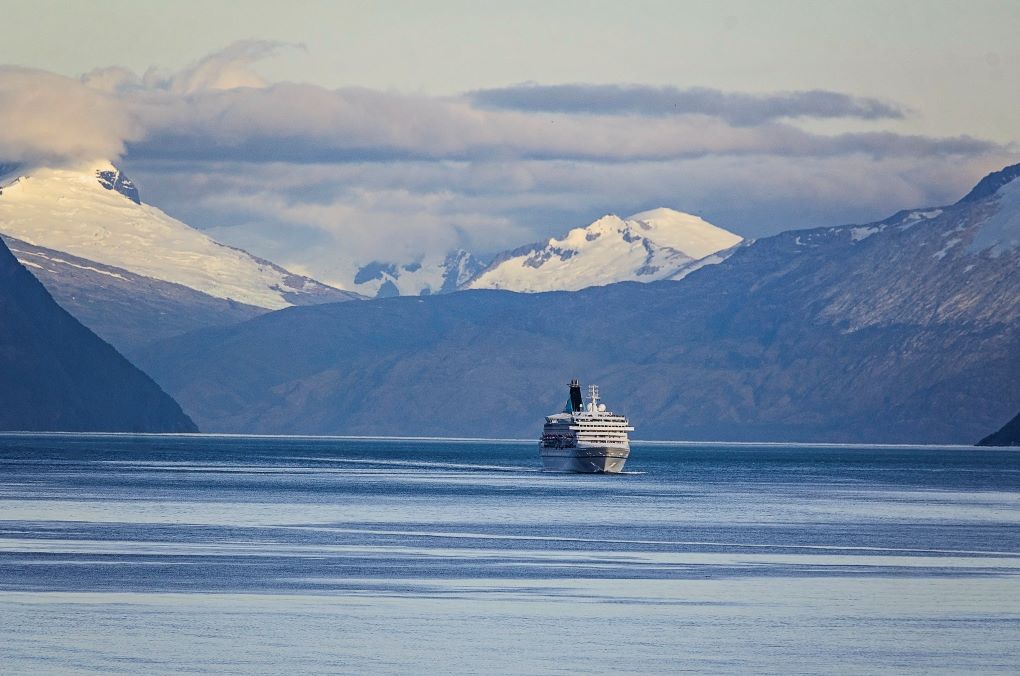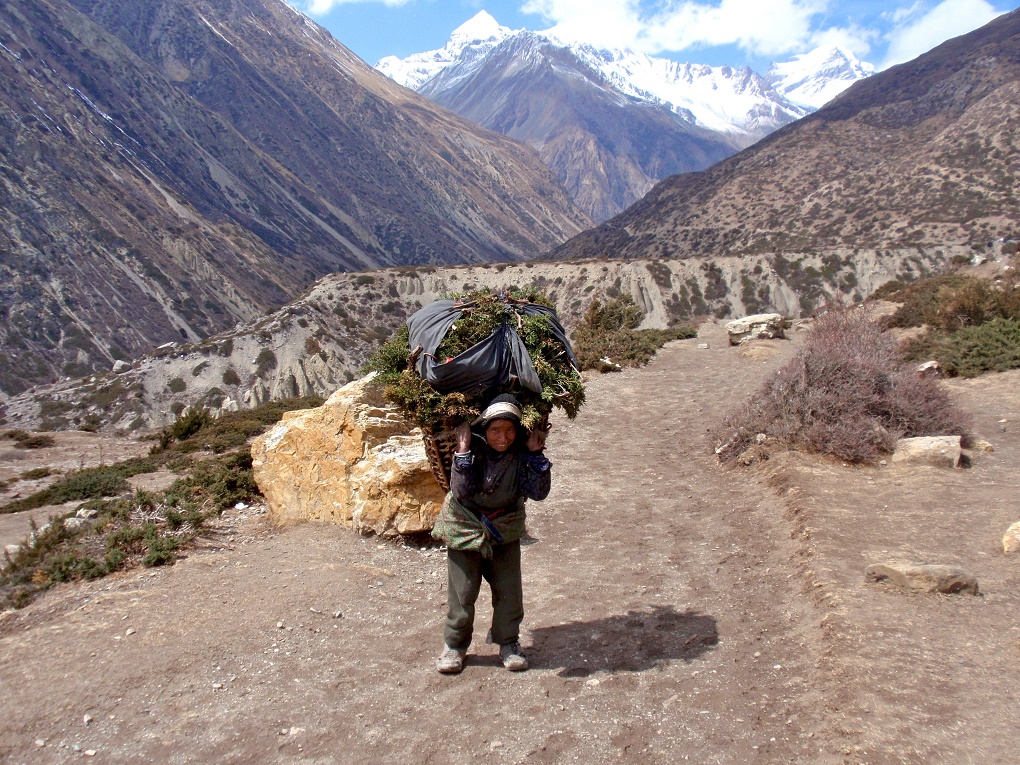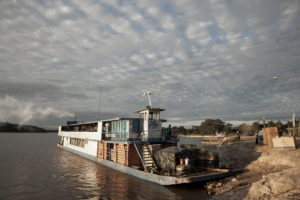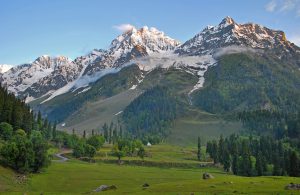In 1991, while he was working with the International Centre for Integrated Mountain Development (ICIMOD), Jayanta Bandyopadhyay was invited by the Secretariat of the Rio UNCED (Earth Summit) 1992 to draft the chapter on the world’s mountains for inclusion in the global environmental agenda, named Agenda-21. Approved by the Summit, this became chapter 13 on “Managing Fragile Ecosystems: Sustainable Mountain Development”.
This, in turn, led to the United Nations declaring 11 December as the International Day of the Mountains, stating, “International Mountain Day has its roots in the document “Managing Fragile Ecosystems: Sustainable Mountain Development” (called Chapter 13), adopted in 1992 as part of the action plan Agenda 21 of the Conference on Environment and Development. The increasing attention to the importance of mountains led the UN declare to 2002 the UN International Year of Mountains. The first international day (11 December) was celebrated for the first time the following year, 2003.”

He spoke to thethirdpole.net on how the mountains have become a part of the global development agenda, his role in that transformation, and the challenges before us.
Mountain regions have traditionally been a neglected field, why is that?
This is a result of historic factors. Since the Industrial Revolution human activity has been concentrated in the flat plains and oceans. Mountain areas were not at the core of economic and political thought, and therefore literature on the plains has dominated research.
But don’t the mountains play a critical role?
Yes, they do. Maybe their greatest significance is that they are the water towers of the world. They are the biggest producers of freshwater for us, and they do this by extracting it from the atmosphere. There is no alternative to them. They also regulate the flow of water that comes out of their reaches, thus helping maintain a steady flow. The Andes, the Alps, the Hindu Kush Himalayan region, and many more are necessary for life as we know it.

How did the change happen, how did mountain areas get the attention that they were due, and what was your role?
Much of this happened before the 1992 Rio Earth Summit [the U.N. Conference on Environment and Development], and was led by a group of remarkable scholar activists focussed on the global mountains. This was the time that the world was starting to understand that we needed to work with environmental knowledge for global solutions, and resulted in Agenda 21, a roadmap for sustainable development.
One of these scholar activists, Ruedi Hogger, of Switzerland convened this group, which did much to push the Mountain Agenda.
After a meeting of the Mountain Agenda group in mid-1991 I was travelling through Geneva, and contacted Nitin Desai, who was the Deputy Secretary General of the Earth Summit. We had a long discussion on the role of mountains and Conventions on biodiversity, climate change, and desertification control. It was not possible to deal with these issues without incorporating action on the mountains.
Desai spoke to the Secretary General of the Summit, Maurice F Strong, and, after 3 or 4 weeks they decided to include the mountains into the agenda and after a few weeks invited me to draft the chapter. This was in midcourse of the UNCED process and I was given only three weeks to draft it. Drafting a document acceptable to about 46 mountain countries was a very difficult task. I must have worked 18 hours a day on it nonstop, but the chapter was completed on time and accepted by the preparatory committee.
Has this changed how mountains are looked at? They still seem neglected.
You have to understand that centuries of neglect cannot be reversed in a few decades. I would like to think that the glass is now half full. The focus has improved immensely over the last 20-30 years, and we are seeing very good research and action.
Focussing closer home, is there anything special when it comes to the Himalayas compared to other mountain regions?
Yes and no. All mountains share certain attributes. They are difficult to navigate, and are inaccessible. Any work requires far more energy than on the plains. They are storehouses of biodiversity because of quick changes of the micro climate over short distances.
But no other mountains have the effect of the monsoon and fragility. This leads to significant erosion – also because they are very young mountains – and high peak flow flooding. There is significant seismic activity in the region.

There has always been a search for money, or a better life, in these communities. Due to their inaccessibility it requires a significant effort to find work elsewhere, and these journeys are not without risk. Furthermore male wage labour is paid more than women’s, so it makes sense for men to migrate out. This has led to a gender divided society where men go away to earn, and women take care of the house, of the livestock, and children. Nevertheless it is a highly collaborative society; the success of the Chipko Movement (an environmental, non-violent protest against felling of trees in the 1970s) would not have been possible without it.
Much of the recent interest in mountains seems to only be focussed on hydropower.
Hydropower has emerged as the new panacea for greenhouse gas mitigation. Many countries have already utilised most of such hydro-resources, like Switzerland for example. India is now entering into this, but our knowledge base of the Himalayas is very weak. We are constructing large structures without fully understanding the long term effects. Rivers can be made profitable also through other, less interventionist ways. Bhutan and Nepal have shown that tourism, if well regulated, can be a better answer in some cases.
Where do you see hope for the mountains?
There is a rising consciousness now about the role of mountains, particularly about the ecosystem services they provide. These need to be aligned in a manner that allows upstream and downstream communities and countries to cooperate. A way of looking at things in a sustainable manner is emerging, or could emerge. Analysts and governments in the Himalayan region have done some great work, and that is helping the mountains receive the attention they are due. The future of the mountains looks bright
Jayanta Bandyopadhyay retired as a Professor from the Indian Institute of Management, Calcutta, and now is a Visiting Distinguished Fellow at the Observer Research Foundation Kolkata









![A local in the Nubra Valley of Ladakh, looking towards the Korakoram mountain range, which hosts the Siachen Glacier [image by: Athar Parvaiz]](https://dialogue.earth/content/uploads/2019/12/A-local-in-Nobra-Valley-of-Ladakh-looks-towards-the-Korakoram-mountain-range-which-hosts-the-Siachen-Glacier-Photo__Athar-Parvaiz-300x199.jpg)